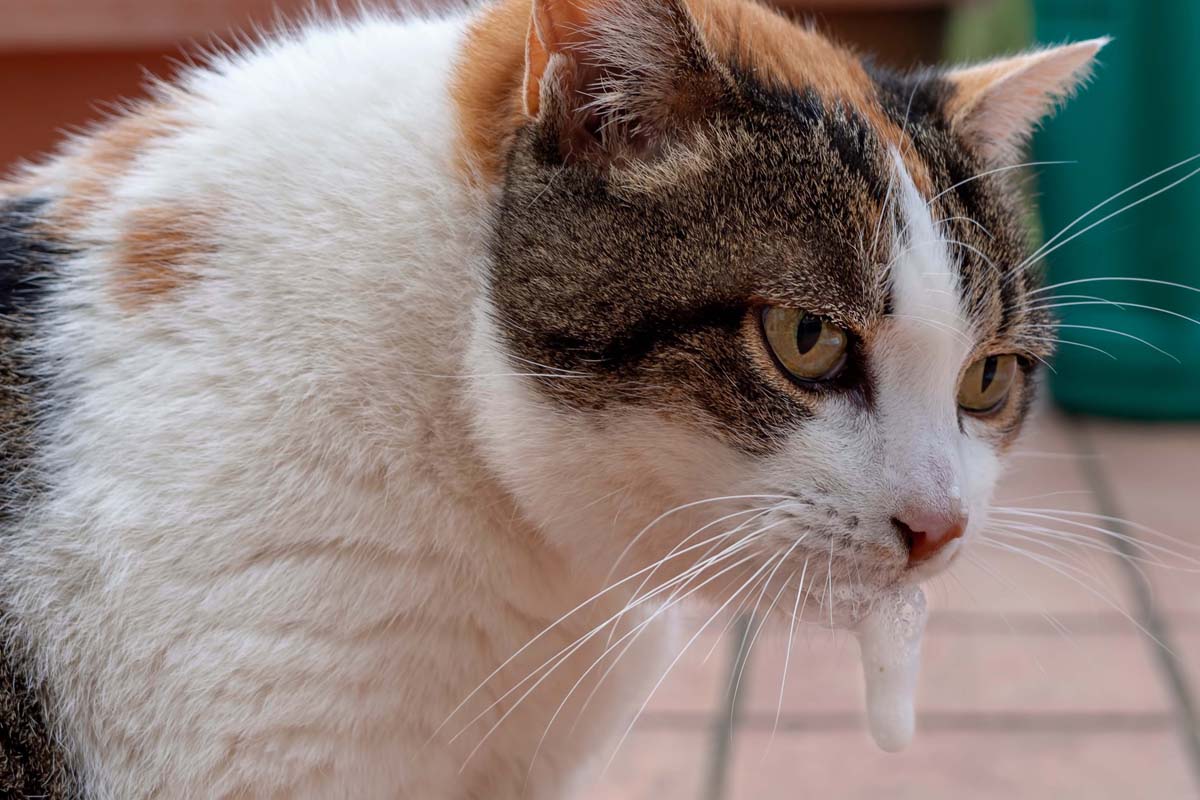Why is my cat drooling after flea treatment?
Fleas are one of the most common parasites in cats, but there are a range of effective flea products to control these parasites. Most are applied to the back of the neck between the shoulders. This area is difficult for the cat to reach and lick off.
Sometimes, however, cats do manage to ingest some flea treatment, and the bitter taste results in hypersalivation as the salivary glands produce more saliva to eliminate the taste from the mouth. While this may look dramatic, in most cases it is self-limiting.
When is drooling after flea treatment not normal?
There are risks associated with flea treatment, particularly dog flea treatments which contain pyrethrum, pyrethroid, or permethrin which are highly toxic to cats. Cats have an altered metabolism and the liver is unable to effectively process many chemicals harmless to dogs and humans.
Cats typically come into contact with dog flea treatments in one of two ways; deliberate or accidental administration of a dog flea product onto a cat, or exposure via a recently treated dog.
Signs of pyrethrum, pyrethroid, or permethrin toxicity include drooling, twitches, muscle tremors, seizures, incoordination and difficulty standing. This is a medical emergency and requires immediate treatment.
First aid
Ingestion of topical cat flea treatment
If the drooling is associated with ingesting a small amount of cat flea treatment and the cat appears otherwise well, offer a drink of something tasty such as milk or tuna juice to help wash the bitter taste out of the mouth.
Monitor the cat closely for additional signs as a small number of cats do experience side effects to cat flea treatments. Seek veterinary treatment if symptoms develop.
Exposure to dog flea treatment
If the cat has been exposed to a dog flea treatment, bathe him in warm water and use dishwashing detergent such as Dawn, Fairy Liquid or Morning Fresh to remove the product. Rinse and repeat a second time. Once the cat has been bathed, wrap in a towel to prevent heat loss and proceed to the nearest veterinary hospital, even if the cat appears well. If you are unable to bathe the cat, go directly to the veterinarian. Bring along the packaging so that the veterinarian can identify the toxin.
Treatment for dog flea treatment ingestion includes intravenous fluids, muscle relaxants and supportive care.
Safety
- Store cat and dog flea treatments separately and double check before applying a topical flea product onto a cat to make sure it is not a product formulated for dogs. Even small dog flea treatments are highly toxic to cats.
- Only use flea products prescribed by a veterinarian. Some over the counter products have been known to harm cats.
- Do not use more than one flea treatment at a time (such as a collar and topical product), unless prescribed by a veterinarian.
- Apply topical flea products between the shoulder blades to prevent accidental ingestion.
- Always follow the instructions on the label and never administer more than the prescribed dose.

